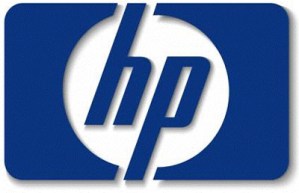
Speaking at a Bank of America Merrill Lynch technology summit, Hewlett-Packard CEO Mark Hurd shed a little light on HP’s decision to buy smartphone maker Palm, Inc., for $1.2 billion…and made a ton of jaw drop in the mobile industry. According to Hurd, HP didn’t buy Palm because it wanted to get into the smartphone industry; instead, HP was mostly interested in Palm’s patent portfolio and the company’s touch-oriented webOS, which it apparently plans to spread across its ecosystem of connected devices—like tablets and printers—to create a consistent, unified user experience.
Although the statement is not news—HP’s interest in Palm’s patent portfolio has been obvious from the outset—the company’s apparent disinterest in the smartphone market may be the death blow to Palm’s existing webOS devices, the Palm Pre Plus and Pixi Plus, as well as the emerging ecosystem of applications emerging for the platform: why would mobile developers make apps for webOS—innovative as it is—if HP has no interest in the smartphone business?
Some industry watchers speculate HP may be looking to webOS as a way to compete with Google’s Chrome OS, due to launch on netbooks and possibly other lightweight devices later this year. If, as Apple Steve Jobs has opined, the era is ending where people need a PC to participate in the information society, Palm’s webOS may make a solid foundation for devices that provide sophisticated Internet access via a variety of devices. In that case, the need for an ecosystem of third party developers and applications for webOS could be stronger than ever…and with HP’s manufacturing muscle behind it, webOS devices could be a major worldwide market force.


